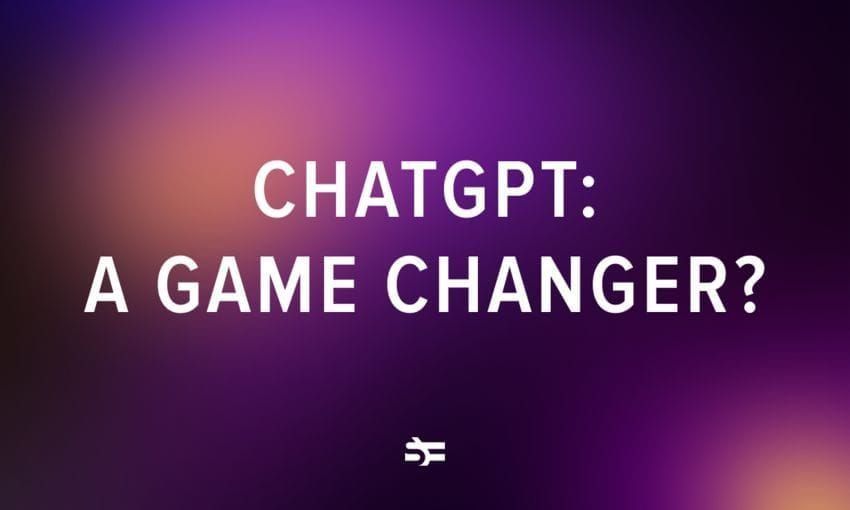According to Stack Overflow, Python is the 4th most popular programming language in the world. Moreover, even though it was invented almost 40 years ago, it still grows in popularity every year.
One of the reasons is the number of high-quality well-maintained libraries that help developers solve literally almost every problem. These libraries provide pre-built code that can be easily integrated into Python projects, saving developers time and effort.
In this article, we will explore the best Python libraries across various domains, including data science, web development, and machine learning.
Data science libraries

Python is a widely used programming language for data science, and there are many good libraries that help to streamline the development process.
Pandas
Pandas offers a wide range of functionalities for handling structured data, including data cleaning, filtering, merging, and reshaping.
However, you have to keep in mind that Pandas can be slow when handling very large datasets, neither is it a good choice for real-time data processing. Pandas memory-management isn’t the most efficient one, which means it isn’t suitable for systems with limited memory resources.
Another weakness of Pandas is that it may not be as efficient as other libraries when working with complex data structures. For example, it may struggle when working with hierarchical or nested data.
NumPy
NumPy helps with numerical computing and arrays in Python. Unlike Pandas, this library has been designed with handling large datasets in mind. So it can perform complex mathematical operations on arrays quickly. If you work with scientific computing and data analysis, this is one of the best choices for you.
Another strength of NumPy is its versatility. It can handle different types of data, including integers, floats, and complex numbers, and provides a wide range of functions for data manipulation and analysis.
NumPy can easily be combined with other scientific computing libraries such as SciPy and Matplotlib, which enhances its functionality.
The downside of this library is the steep learning curve. Beginner engineers will need time to master it. Moreover, NumPy doesn’t have features for data visualization or machine learning, which means that users have to use additional libraries to perform these tasks.
Matplotlib
Matplotlib is a library for data visualization in Python. It’s easy to use and provides high-quality plots of different varieties. It can create simple line charts, scatter plots, and bar charts, as well as more complex visualizations such as heatmaps and 3D plots.
You can also enjoy a wide range of customization options so you can create visualizations that meet your specific needs.
SciPy
SciPy works for scientific computing and optimization in Python. It can be used for scientific computing, including optimization, integration, interpolation, signal processing, linear algebra, and more.
While it provides efficient algorithms for working with large datasets, some of its functions may still struggle when working with extremely large datasets or complex computations. This can lead to slow computation times and decreased usability.
Machine learning libraries

In machine learning, Python is one of the top choices. Programmers use Python for machine learning tasks because it has many useful libraries that make their job easier.
Scikit-learn
Scikit-learn offers a wide range of tools for data analysis, data preprocessing, and model selection. The library is well-documented and easy to use, so it’s a great choice for both beginners and experienced developers.
Scikit-learn may not be suitable for large datasets or complex models due to limited scalability. In these cases, you may need to use distributed computing or cloud-based solutions.
Scikit-learn may also not provide enough support for deep learning algorithms, for example, for computer vision and NLP. In these cases, you may need to use other libraries like TensorFlow or PyTorch.
TensorFlow
TensorFlow is an open-source machine learning platform developed by Google. It offers a wide range of tools and APIs for building and training machine learning models. TensorFlow is highly customizable and scalable, so it’s suitable for both small and large-scale projects.
TensorFlow is specifically designed for building and training deep learning models, which makes it very powerful for complex tasks such as image recognition, natural language processing, and speech recognition. It is also highly scalable and can be used to train models on large datasets using distributed computing or cloud-based solutions.
However, to use this library, you need a good understanding of machine learning concepts and a high level of programming skills in Python.
The library is also quite resource-intensive and may require high-end hardware to train complex models. This can make it expensive to use in some cases.
Keras
Keras is an API that is built on top of TensorFlow. It provides a simple interface for building and training neural networks, and it’s a popular choice for deep learning applications.
Keras allows for fast prototyping of neural network models, which can be useful for experimenting with different architectures and hyperparameters.
The downside of Keras is that it can be limited in terms of customizability compared to lower-level APIs like TensorFlow. It may not provide enough support for distributed computing, which can be a limitation for users who need to train large models on multiple machines.
Web development libraries

Python is often used in web development for backend tasks. Powerful libraries make the process of building powerful applications much easier.
Flask
Flask is a framework for building web applications in Python. It is lightweight and easy to use, making it a popular choice for small to medium-sized projects. Flask offers a wide range of extensions and plugins that can be used to add functionality to the application.
One of the key strengths of Flask is its simplicity. It has a small codebase and a straightforward API that makes it easy for developers to learn and use. This simplicity also makes it easy to customize and extend.
Another strength of Flask is its flexibility. It does not impose any particular way of doing things, allowing developers to choose the tools and libraries that work best for their project. This flexibility also makes it easy to integrate Flask with other technologies, such as databases or front-end frameworks.
However, one of the weaknesses of Flask is its limited functionality. It does not provide many built-in features, such as authentication or database handling, which means that developers may need to rely on third-party libraries or build their own solutions.
Another weakness of Flask is its lack of built-in security features. While it provides basic security measures, such as protection against cross-site scripting attacks, developers need to be careful to implement additional security measures themselves.
Django
Django is a full-stack web framework for building complex web applications in Python. It offers a wide range of built-in features, including an ORM, admin interface, and user authentication. Django is easy to use and provides a lot of functionality out of the box.
Its strengths include its robustness, built-in functionality, and security features, for example, the tool has a built-in protection against common security vulnerabilities, such as cross-site scripting and SQL injection attacks. Additionally, Django provides a secure-by-default approach, which means that developers need to explicitly opt out of security measures rather than opt in.
The weaknesses include its steep learning curve and lack of flexibility. Django can be overwhelming for beginners and may require significant time and effort to learn. Additionally, Django’s conventions and structure may not be suitable for all projects, which limits its flexibility.
Requests
Requests is a HTTP library for making API requests in Python. It is easy to use and provides a simple interface for sending HTTP requests and handling responses.
Requests supports a wide range of HTTP methods and authentication methods, making it a versatile library for working with APIs. With Requests, you can send GET, POST, PUT, DELETE, and other types of HTTP requests to web servers and receive responses in the form of JSON, XML, HTML, or plain text. The downside of Requests is that it does not provide built-in support for handling asynchronous requests.
Overall, the Requests library is a powerful tool for interacting with web services and fetching data from the internet.
Beautiful Soup
Beautiful Soup is a web scraping library for extracting data from HTML and XML documents. It provides a simple interface for navigating and parsing HTML documents. Beautiful Soup supports a wide range of parsing options and can handle even poorly formed HTML documents.
It can also handle different encodings and character sets.
Beautiful Soup provides powerful search functions that allow you to find specific elements in an HTML document based on their tag, attribute, or contents. This makes it easy to extract the information you need from a web page. Beautiful Soup can be easily integrated with other Python libraries like Requests, which makes it a powerful tool for web scraping.
The weaknesses of this library is its limited support for JavaScript and CSS selectors. Beautiful Soup provides basic support for CSS selectors, but it’s not as powerful as other libraries like lxml or PyQuery. This can make it difficult to perform complex searches or extract specific elements from a web page.
Conclusion
Python has many good libraries that provide developers with a wide range of tools and functionalities to create powerful and efficient applications. In this article, we have tried to collect the most common ones and provide you with details necessary to make the right choice.
If you want to learn more about Python programming, machine learning, and AI, keep reading:




.jpg)
.jpg)
.jpg)
